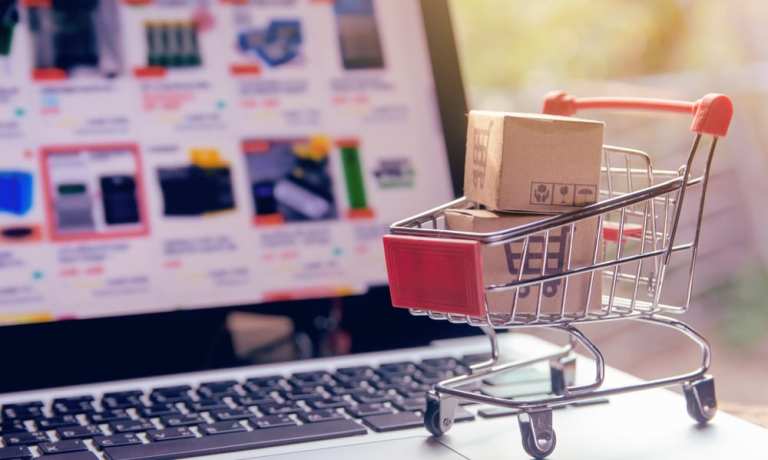
Whether Congress and President Donald Trump agree on a second round of U.S. government stimulus for consumers and businesses has been a moving target in recent weeks, with lots of drama but not much actual movement on the issue. However, there’s yet another effort on the table as of Tuesday (Sept. 15), this time the result of a bipartisan process by the House “Problem Solvers Caucus.”
The group’s proposed $1.5 trillion plan aims to create a bill enough Democratic and Republican lawmakers can agree on to break a stalemate and actually get something passed.
What does the new $1.5 trillion to $2 trillion bipartisan plan propose? It seems aimed at building as much of each parties’ preferences in as possible while attempting to make the measure palatable enough to the other side to at least consider it.
Highlights include $120 billion for enhanced unemployment aid through January 2021 at a rate of $450 weekly for an eight-week transition period into a $600 weekly payment. There’s also $280 billion for another round of direct stimulus checks worth $1,200 for adults and $500 for children. And the measure proposes $240 billion for another round of the Paycheck Protection Program (PPP), plus $50 billion for a targeted employee retention tax credit.
Will It Work?
The question of whether the plan will actually jump-start the U.S. economy that remains hard to answer. Earlier stimulus efforts didn’t apparently stimulate the economy as much as officials hoped, as a large swatch of consumers chose to save their $1,200 payouts instead of spending the money.
A recent National Bureau of Economic Research report found that 33 percent of the roughly 12,000 individuals queried banked their stimulus payments, while 52 percent used the money to pay down debt. Only 15 percent actually spent the funds, and then only about 40 percent on average of the money they received.
“We find no meaningful effect on labor-supply decisions from these transfer payments, except for 20 percent of the unemployed who report that the stimulus payment made them search harder for a job,” the study noted.
As for small- to medium-sized businesses (SMBs), the question of whether aid will help is more complex. When PYMNTS surveyed SMBs early during the pandemic quarantine, well over a quarter reported being deeply uncertain if they would survive the likely economic downturn.
By and large, firms we surveyed said their survival wasn’t assured even with government aid in hand. A majority said government funds could help, but wouldn’t bridge the gap for long enough to outlast a pandemic that many forecast would stretch well into 2021.
Moreover, as spring turned into summer, SMB demand for PPP loans virtually evaporated as confusion reigned over which firms were actually eligible and what penalties companies could face for incorrectly taking aid.
Stimulus Could Be Key Heading Into The Holiday Shopping Season
The pandemic has hit U.S. consumers hard in terms of lifestyle changes, but unevenly in terms of economic impact.
Many white-collar office workers have switched fairly easily to working from home, while digitally based firms have experienced more headwinds than tailwinds as a result of the pandemic. On the other hand, service workers, T&E professionals and events-industry staffers have faced widespread layoffs, furloughs and shutdowns, according to data from PYMNTS and others.
A recovery is well underway for some of the U.S. economy, Suzanne Clark, president of the U.S. Chamber of Commerce, wrote in a blog post. But she added that things aren’t looking nearly so bright for consumers or SMBs in the economy’s stalled segments. “There is no end in sight to the economic malaise” for those industries, she wrote. “There is only so long you can survive on razor-thin margins with persistently diminished revenue.”
Those firms could use an additional round of stimulus funding — both PPP loans and cash to consumers — as the economy heads into its busiest shopping time of year. Otherwise, cash-flow shortages could be literal killers for already stretched thin businesses.
As for consumers, the level of uncertainty that many face makes their behavior during the upcoming shopping season hard to predict. That consumers will largely relocate to shopping online seems likely verging on certain, but how much they spend is the multi-billion-dollar question.
A recent Deloitte study said factors that could boost consumer confidence heading into the holidays include an “effective federal pandemic relief bill with an unemployment insurance benefit supplement and the creation of an effective vaccine.”
Both of those things could depend on lawmakers approving a stimulus measure before Congress breaks for election season. But while it’s not impossible to see that happened (almost nothing seems impossible this year), we wouldn’t count on it. And by the looks of the survey data, SMBs and consumers don’t seem to be counting on it, either.